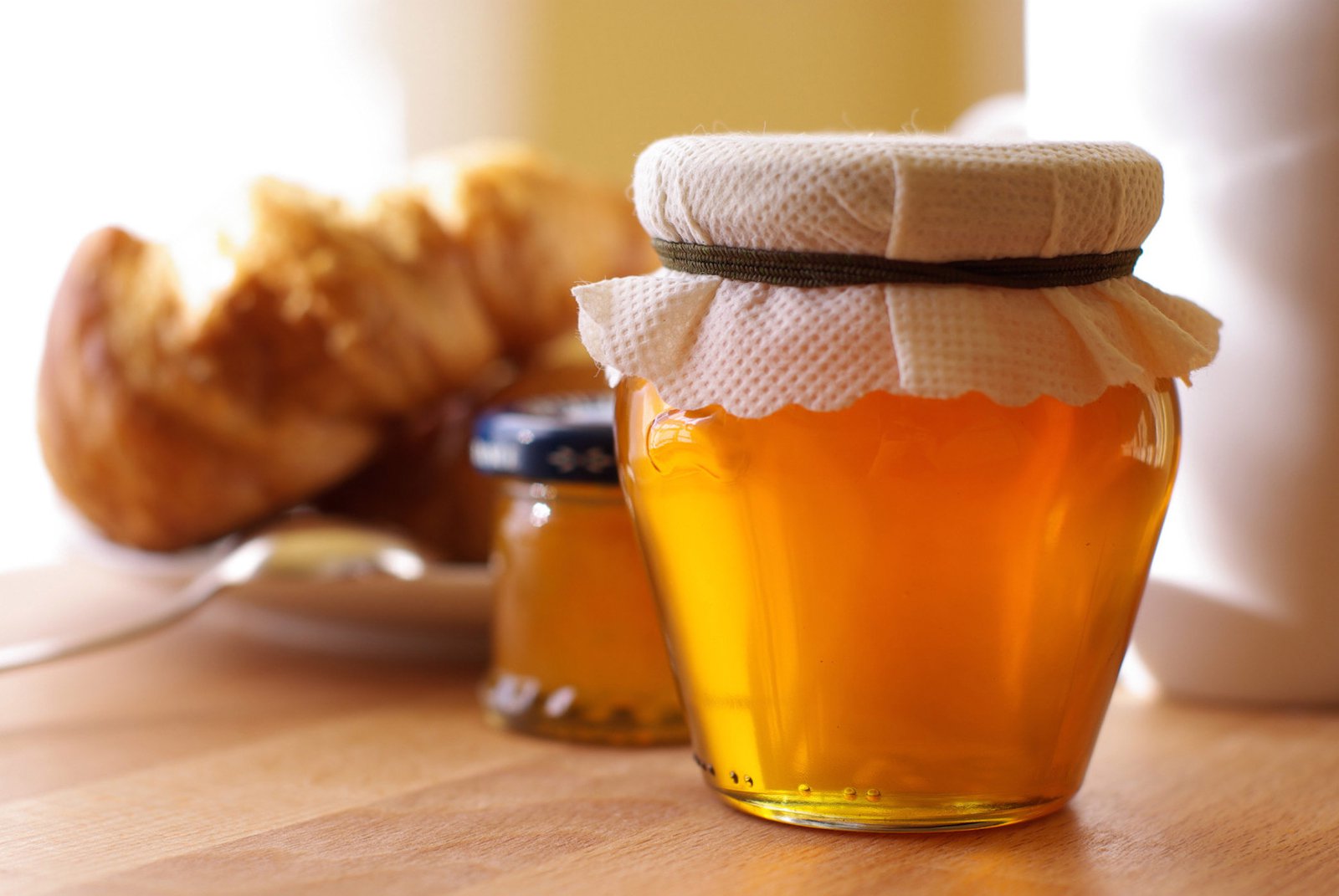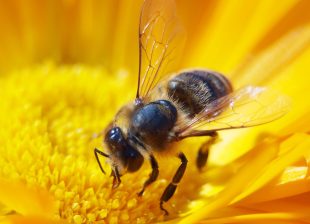

Bee season starts when flowers are blooming, usually between April-September. Bees will be very active during late spring and summer while continuing a little activity in the fall.
January
Bees will stay in their nest, conserving energy. Bees can shiver to generate heat to keep warm. A short flight may take place.
February
The queen will start to lay more eggs, as spring is approaching, but still not much activity.
March
As winter is ending, the population is at its lowest. Food has been depleted, and the new brood is increasing in size. A dangerous time for the hive.
April
The first flowers blossom, the first drones will appear, and the bees can start foraging. The population is quickly increasing again.
May
Pollen and nectar are plentiful, the bees may be getting ready to swarm, and the population is growing steadily. You’ll see a lot of bees in this period.
June
The population will be at its highest point if the bees haven’t swarmed. Honey harvesting is starting.
July
The reproductive rate continues to drop, nectar collection is at its peak, and bearding may occur (bees huddling around the hive to cool it down).
August
Nectar-collecting activity drops, as nectar availability is low and the colony size continues to drop. Some swarming may occur.
September
Bee season has ended. Drones are disappearing, queens will lay very few eggs if any at all, and bees will have stored a lot of food for the winter.
October
The bees are going dormant. They will gather to conserve heat, though they will come out on warmer days.
November
Temperatures drop, and so does the bee activity. You’ll hardly see any bees outside.
December
Activity is at its lowest point. Bees don’t hibernate, but it’s very close. They’re almost staying completely still.



